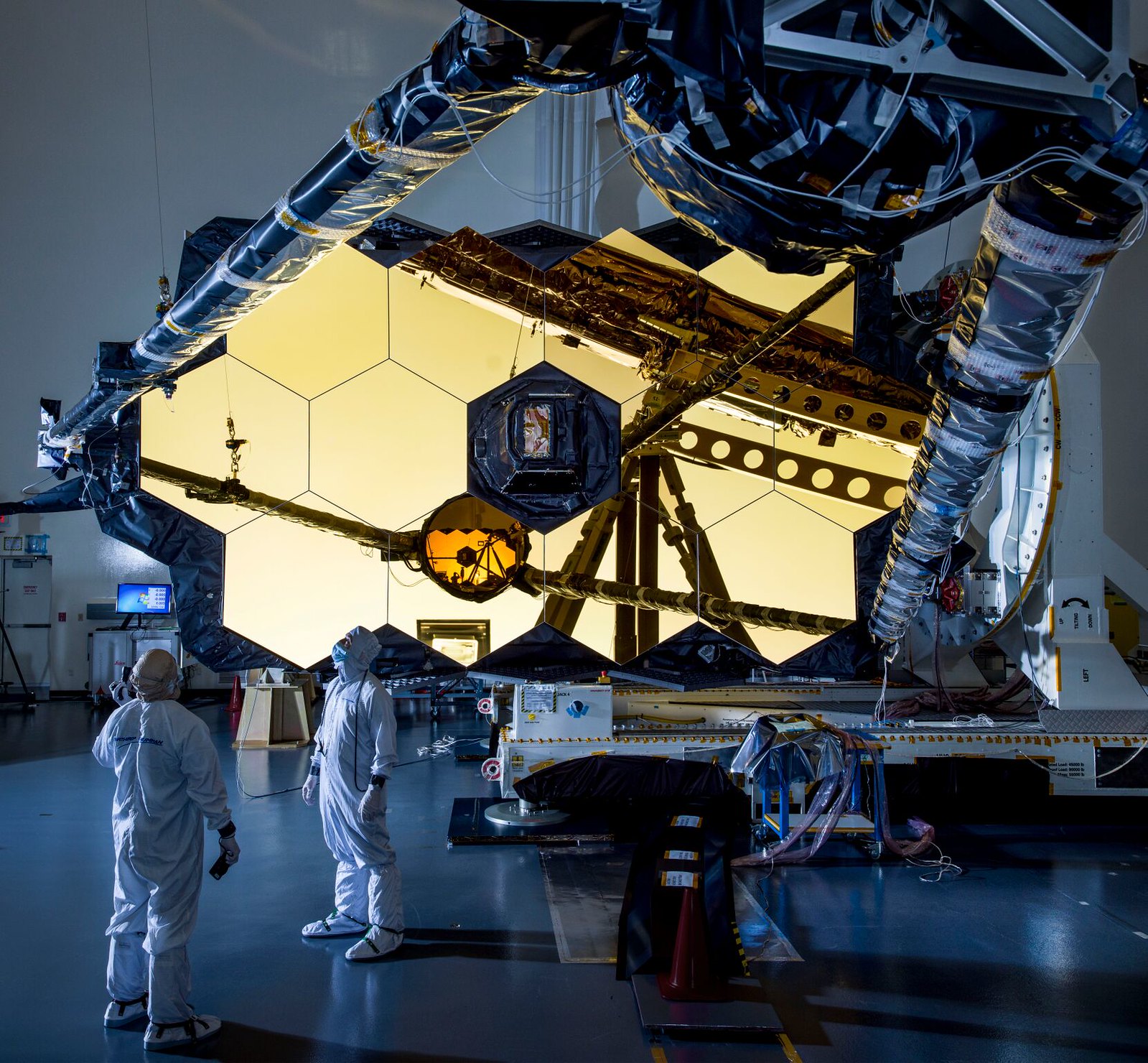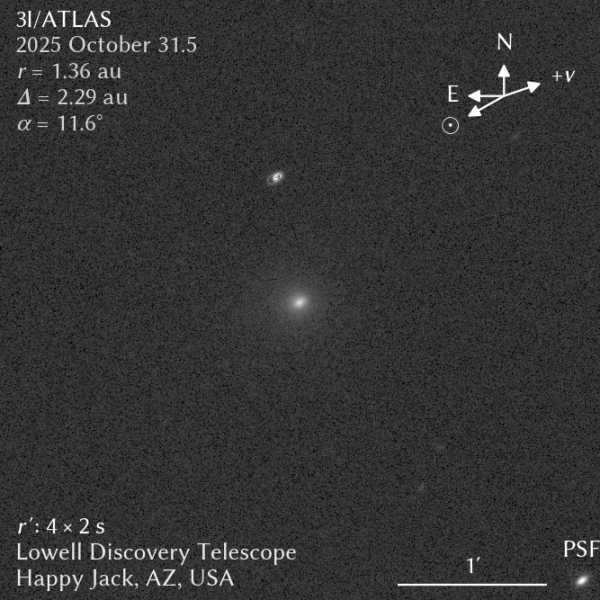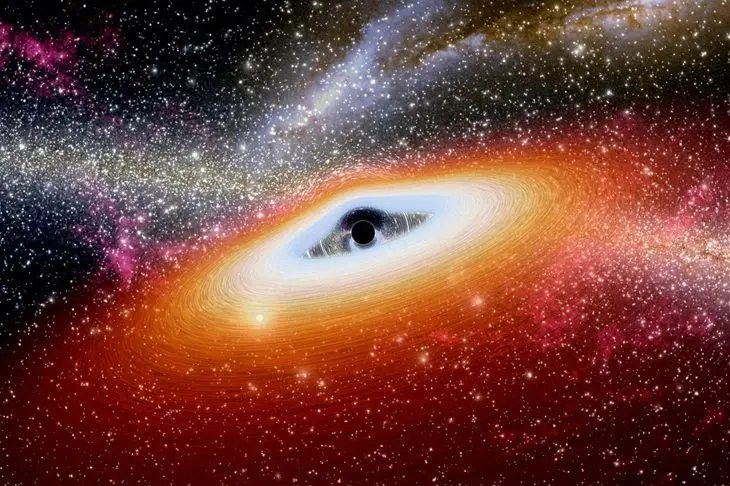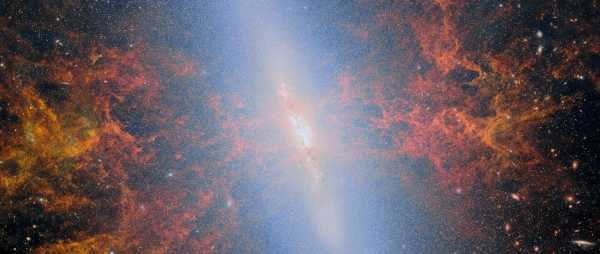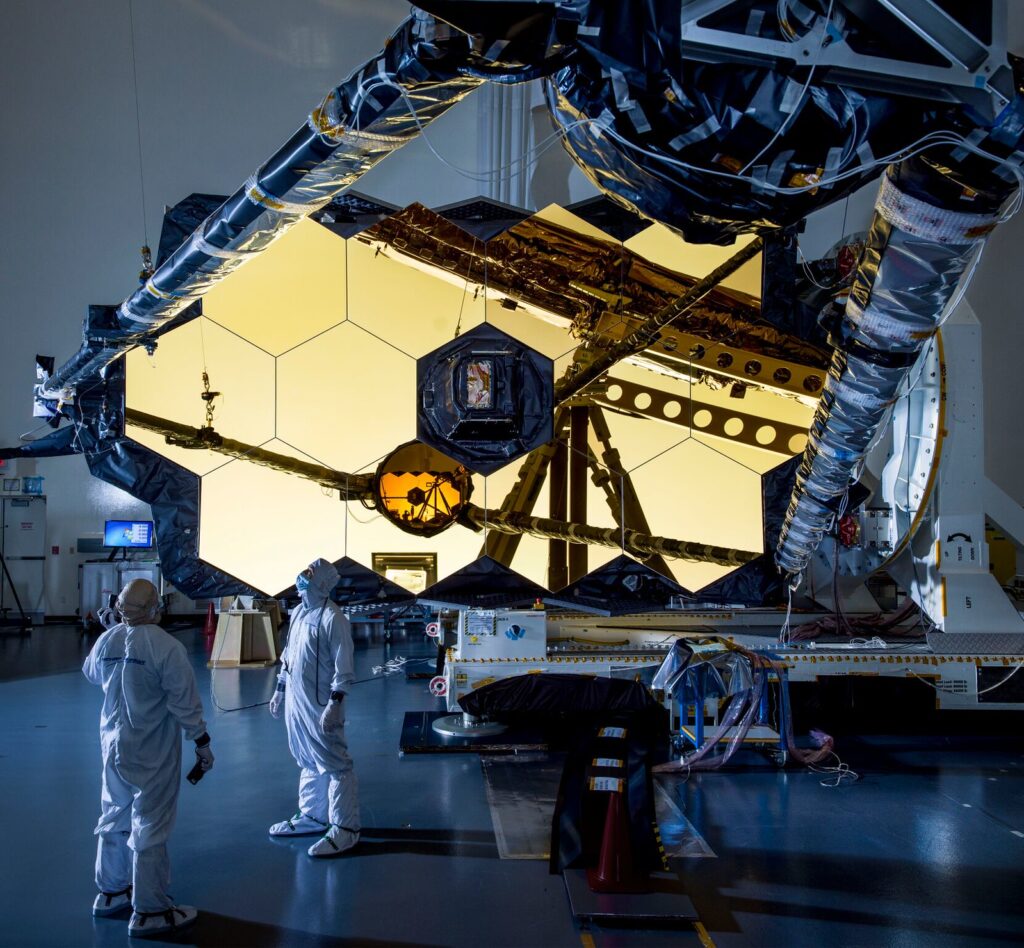
Twenty-fifth of December 2021 rocket “Ariane 5” is to lift into space the James Webb Telescope – the most advanced space observatory in human history. Such a complex and expensive scientific instrument mankind has not yet created – and even more so, such a telescope has not yet been launched into space.
The new space telescope project – from conception to launch – stretched over 25 years. During this time, its budget has grown by an order of magnitude, and now the cost of creating this instrument is estimated at 10-11 billion dollars, which, for example, twice the budget of the construction of the Large Hadron Collider. At some point, even some scientists were skeptical about the development of “Webb”, saying that the new space telescope is eating too much of the scientific budget of NASA. In 2011, Congress nearly halted the project, but it still managed to defend. And now the telescope is completely ready. The moment of truth is approaching: the fate of this colossal work will be decided during the launch and the subsequent month of deployment of the complex structure – right up to the exit of the instrument in an estimated orbit around the point of the Lagrangian in a million and a half kilometers from Earth.
Hubble’s replacement is here
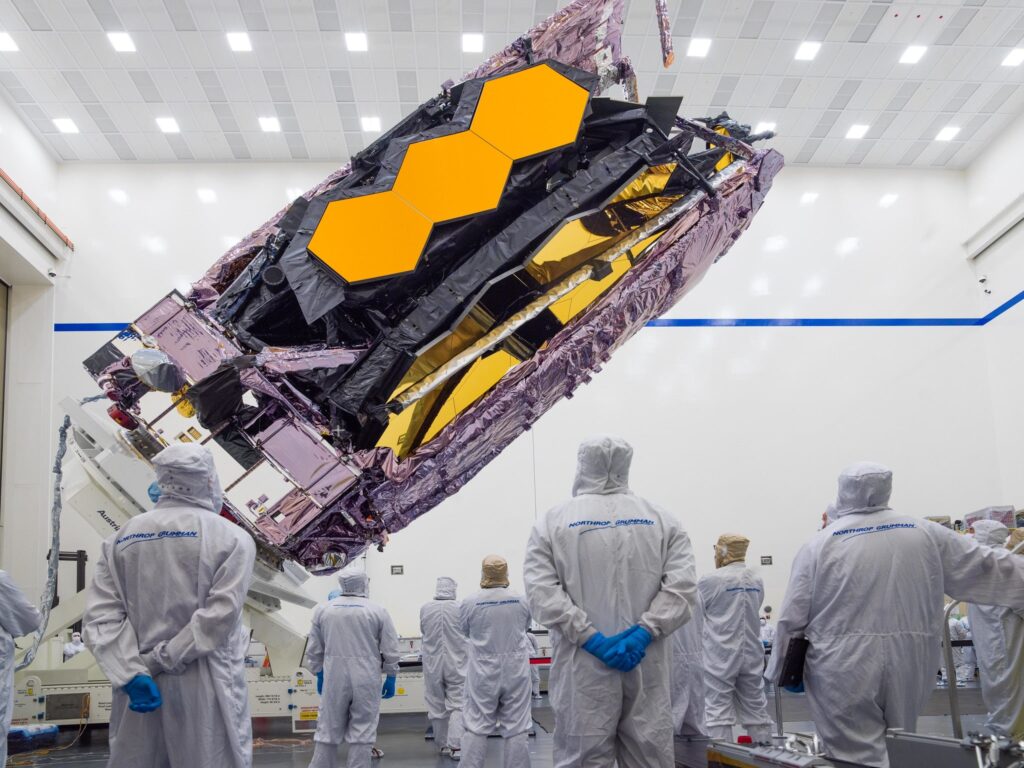
The Webb telescope replaces the most famous astronomical instrument, the Hubble Space Telescope, launched in 1990. “Hubble” allowed to make a lot of remarkable discoveries – this accelerated expansion of the universe, and the widespread central black holes in galaxies, and numerous gravitational lenses to clarify the distribution of dark matter in the universe. And the Hubble also dramatically changed the image of astronomy in the eyes of the general public. We owe to it those full-color, detailed images of deep-space objects that have become so commonplace today.
No margin for error
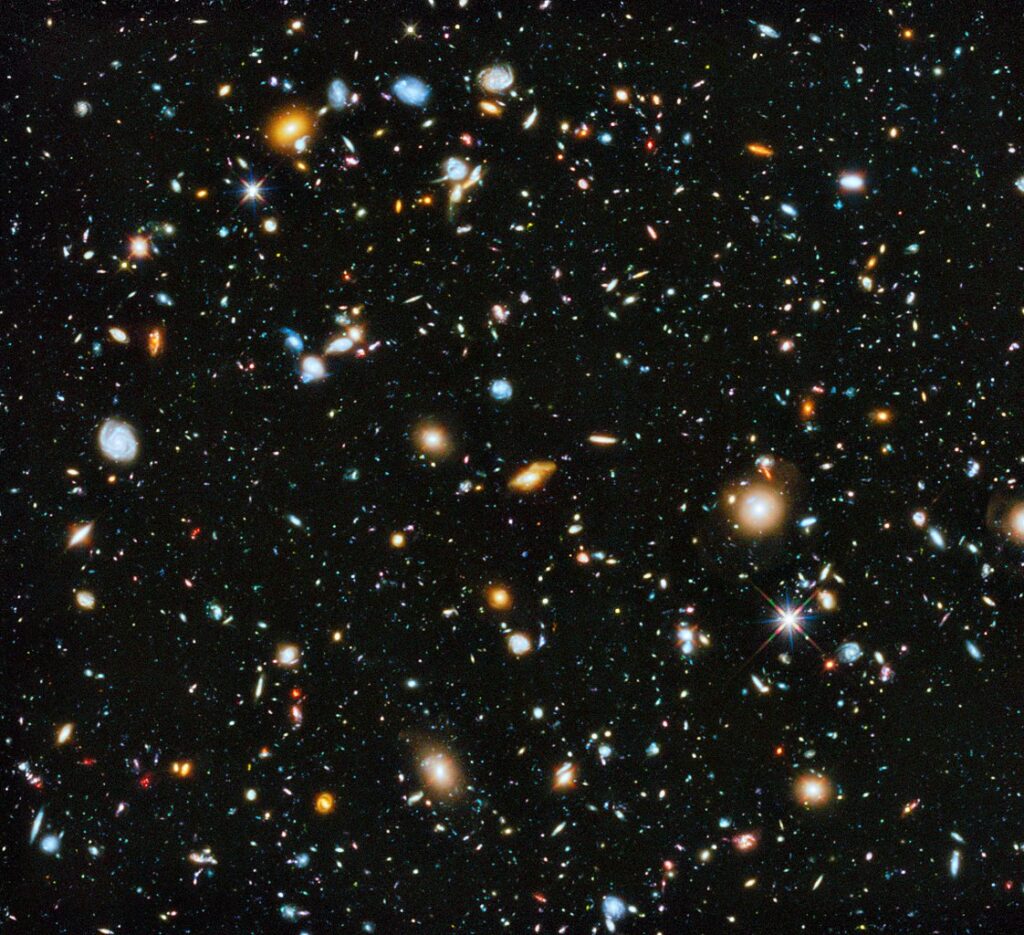
Unlike Hubble, there is no way to send astronauts to the Webb telescope for servicing. Recall that the “Hubble” service shuttle missions were sent to five times – an unprecedented case in the history of astronautics. It all started with the fact that after the Hubble was put into orbit, it turned out that its main mirror was made with errors and does not allow to obtain images of acceptable quality. Of course, it was impossible to replace it, but it was possible to design a correction system that the astronauts installed instead of one of the scientific instruments (a high-speed photometer). Subsequently, the astronauts repeatedly changed the stabilization gyroscopes, which have a limited resource, refilled the cooling system with liquid nitrogen and, most importantly, updated the recording instruments. After all, the 1990s-2000s were a period of accelerated development of CCD matrices and processors – those detectors with which Hubble launched, gave an image quality approximately as a domestic video camera.
So – there is no chance of similar service in space for the James Webb Telescope. Its working orbit will be almost four times farther from the Moon. Humans have never gone that far. And the telescope itself is not designed to interfere in this way. This means that if something goes wrong, the telescope will have little chance to work properly. And its construction is immeasurably more complex than that of the Hubble.

